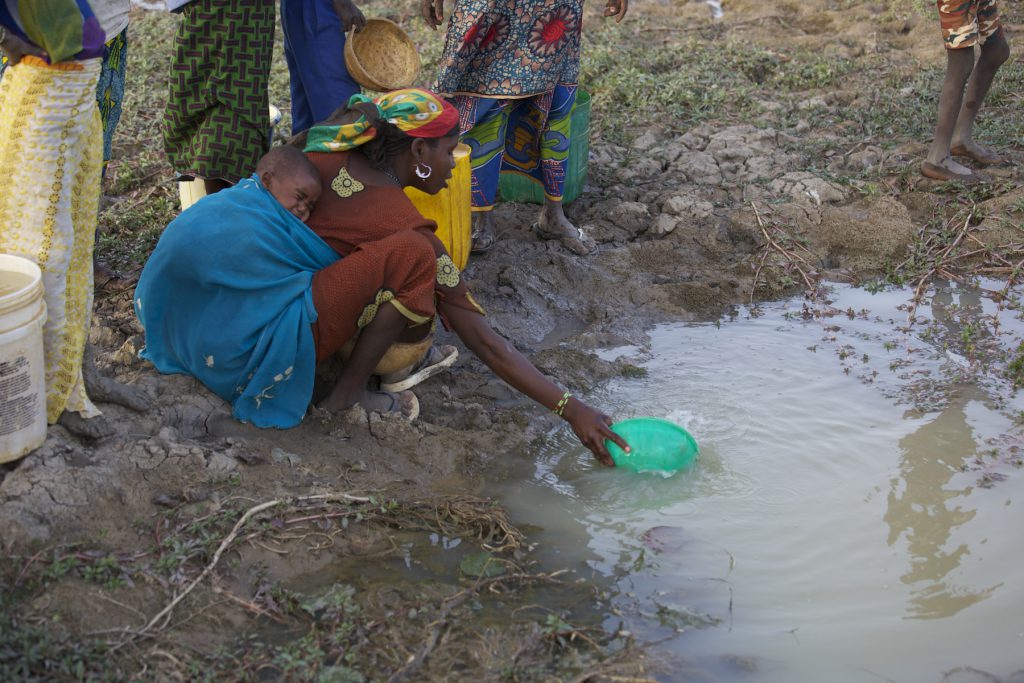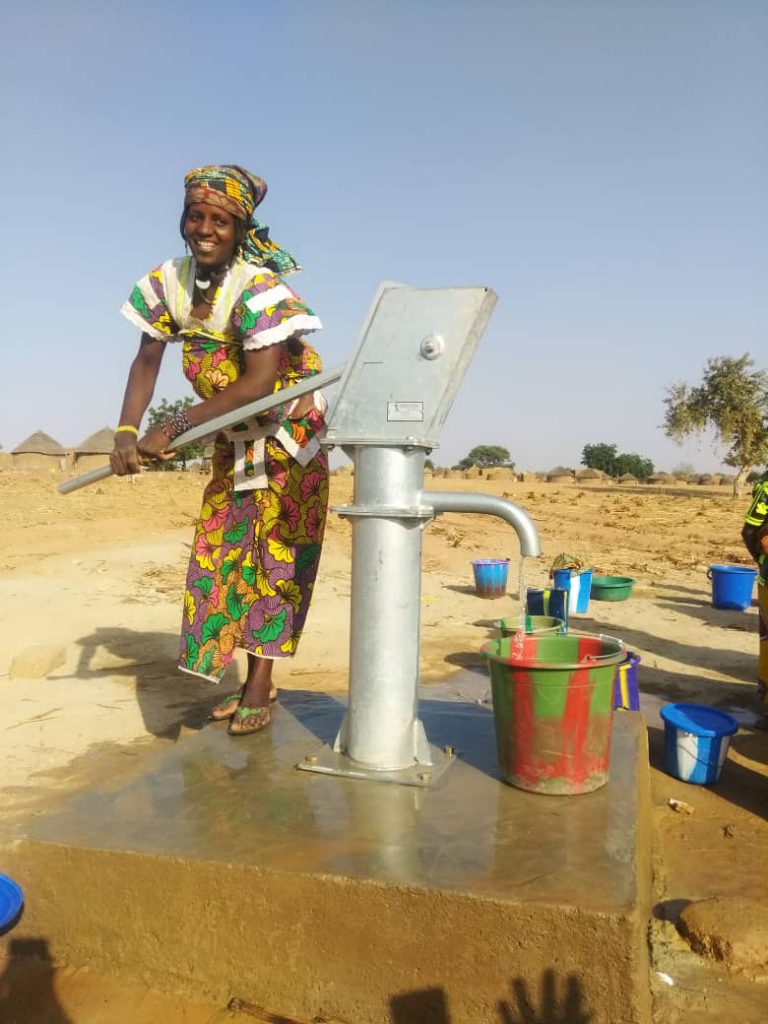by Michelle Nelson von Euw

Ensure availability and sustainable management of water and sanitation for all.
Generally speaking, the Sustainable Development Goals (SDGs) is a collection of 17 international development goals set by the United Nation’s General Assembly in 2015 for the year 2030. These goals are sometimes also referred to as the 2030 Agenda. The development problems addressed by the 17 SDGs range from improving general wellbeing, education, and clean water practices, to combating poverty, hunger, and detrimental climate change. The 17 SDGs are composed of 169 targets. Within each target exists one to three indicators, which are used to monitor success and evaluate if targets are being met. All in all, there are 232 indicators approved by the United Nations Development Program to track progress toward the 17 SDGs.
The SDGs were created as a response to the Millennium Development Goals (MDGs) which were established following the Millennium Summit of 2000. As the first 21st century UN initiative of its kind, the MDGs outlined eight international development goals for the year 2015. One of the greatest criticisms of the MDGs was that the goals were too narrow, which made it too difficult for countries to monitor their progress. While water has always been of pivotal importance in development, the MDGs failed to consider improved water practices significant enough to stand alone as a goal. The focus of the MDGs was broad and its goals were overly ambitious (e.g. to eradicate extreme poverty and hunger, to ensure environmental sustainability, etc.). Many critics of the MDGs believe that when creating the original MDG framework they oversimplified the very complex concepts encompassed by sustainable development. When developing the SDGs, efforts were made to combat the vagueness associated with the MDGs. As a result, the number of goals more than doubled.

SDG 6 focuses heavily on three central problems commonly faced by developing countries: water scarcity, flooding, and a lack of proper waste management. Increased delivery and management of water systems can help create health, economic, and social progress as it relates to sustainable development. These development objectives highlight the importance of meeting the demand for water with a safe and sustainable supply. SDG 6 has eight different targets and 11 indicators spread across them. These targets and indicators are aimed to improve the management of water supplies and sanitation facilities. Integral to the approach of achieving SDG 6 is the understanding that all targets must be understood within the social, political, and structural context of each individual country so that national governments can incorporate the SDGs into their strategic planning process.
The individual targets are as follows:
- Target 6.1 Achieve access to safe and affordable drinking water.
- Target 6.2 Achieve access to sanitation and hygiene and end open defecation.
- Target 6.3 Improve water quality, wastewater treatment and safe reuse.
- Target 6.4 Increase water-use efficiency and ensure freshwater supplies.
- Target 6.5 Implement integrated water resources management.
- Target 6.6 Protect and restore water-related ecosystems.
- Target 6a Expand international cooperation and capacity building.
- Target 6b Support the participation of local communities.

As stated by a 2018 Report on SDG 6, the aims of this goal are vital to the success of many of the other development goals outlined in the 2030 Agenda.
“Fresh water, in sufficient quantity and quality, is essential for all aspects of life and sustainable development. The human rights to water and sanitation are widely recognized by [UN] Member States. Water resources are embedded in all forms of development (e.g. food security, health promotion and poverty reduction), in sustaining economic growth in agriculture, industry and energy generation, and in maintaining healthy ecosystems.”
In recent decades, the increasing misuse of water resources has created an increase in pollution and severe water stress within developing nations. Countries facing this threat desperately need improved technology to purify wastewater to increase the amount of water available to recycle. Currently, over 2.4 billion people lack access to safe sanitation. Data collected by the UN from 79 countries showed that only 59% of all wastewater is safely treated before entering waterways. As such, there is a dire need for governments and other organizations to support treatment technologies. Additionally, heavy rains and standing water further increase the risk of disease as they limit the sources of fresh water. In areas where water cannot be treated, waterborne illnesses, such as malaria and cholera, can spread much more easily.
In response to SDG 6, the Sustainable Sanitation Alliance (SuSanA), a network of over 340 partner organizations around the world, has dedicated itself to ensuring that SDG 6 is achieved through the promotion of sustainable sanitation systems. As of 2018, however, only 27% of the population of low-income countries have access to soap and water. While SDG 6 is very important for developing countries to work toward, it is also important to note that developed countries could also benefit greatly from the improvement of water systems and waste management. Clean water is the foundation on which all civilizations are built.
For any country, or organization, to come anywhere close to attaining SDG 6, it must create a social, organizational, and physical structure that can provide sanitation facilities, increase investment in needed infrastructure, and encourage hygiene in as many ways as possible.
References:
“Goal 6: Clean Water and Sanitation.” United Nations Development Programme, United Nations, www.undp.org/content/undp/en/home/sustainable-development-goals/goal-6-clean-water-and-sanitation.html.
“SDG 6 Synthesis Report 2018 on Water and Sanitation Archives | UN-Water.” UN, www.unwater.org/publication_categories/sdg-6-synthesis-report-2018-on-water-and-sanitation/.
“SDG Indicators (Edition 2016).” Global SDG Indicators Database, 2015, doi:10.18356/237bcfcf-en.
“United Nations Millennium Development Goals.” United Nations – We Can End Poverty, United Nations, 2015, www.un.org/millenniumgoals/bkgd.shtml.
“Water and Sanitation : Sustainable Development Knowledge Platform.” Sustainable Development Goals: Knowledge Platform , United Nations, 2018, sustainabledevelopment.un.org/topics/waterandsanitation.


